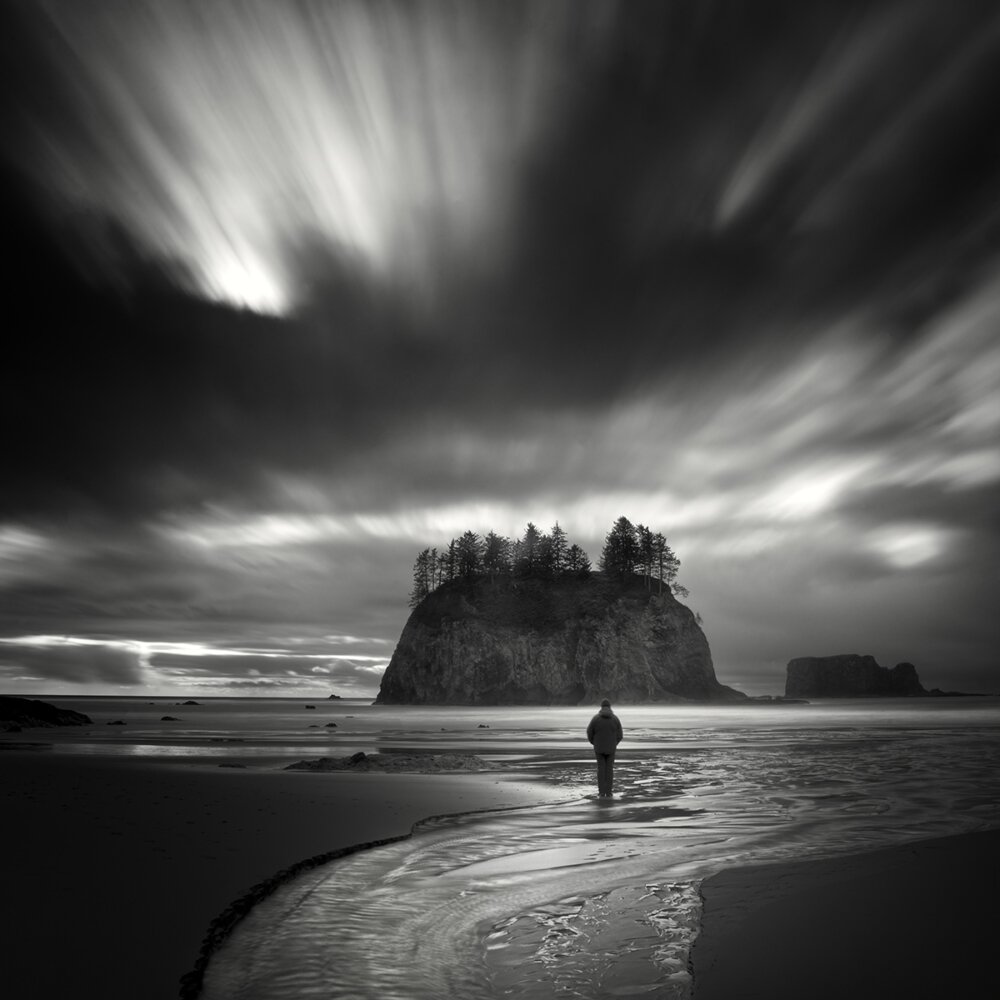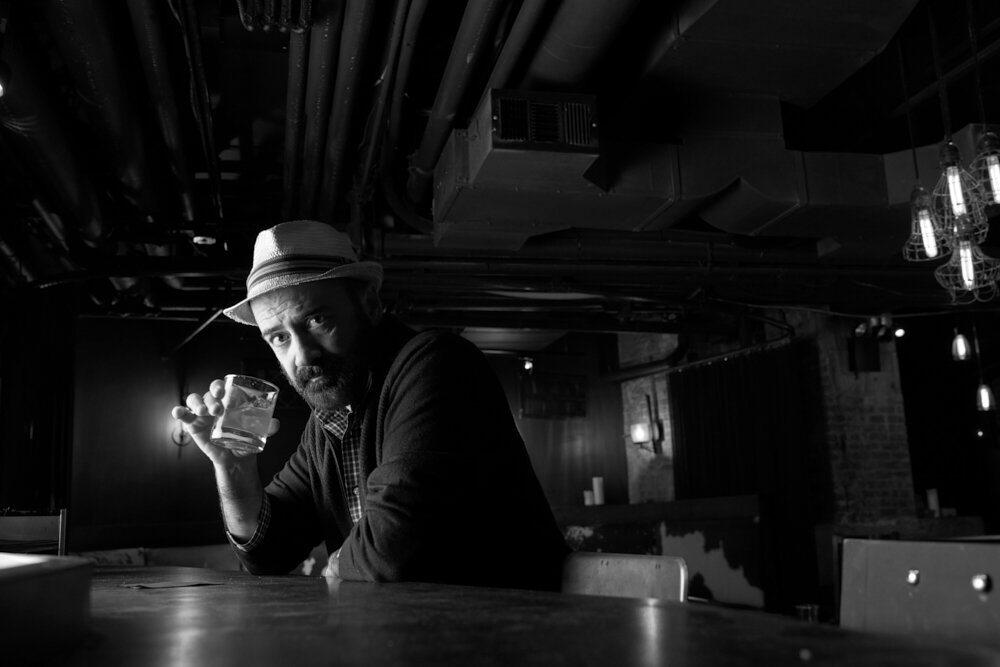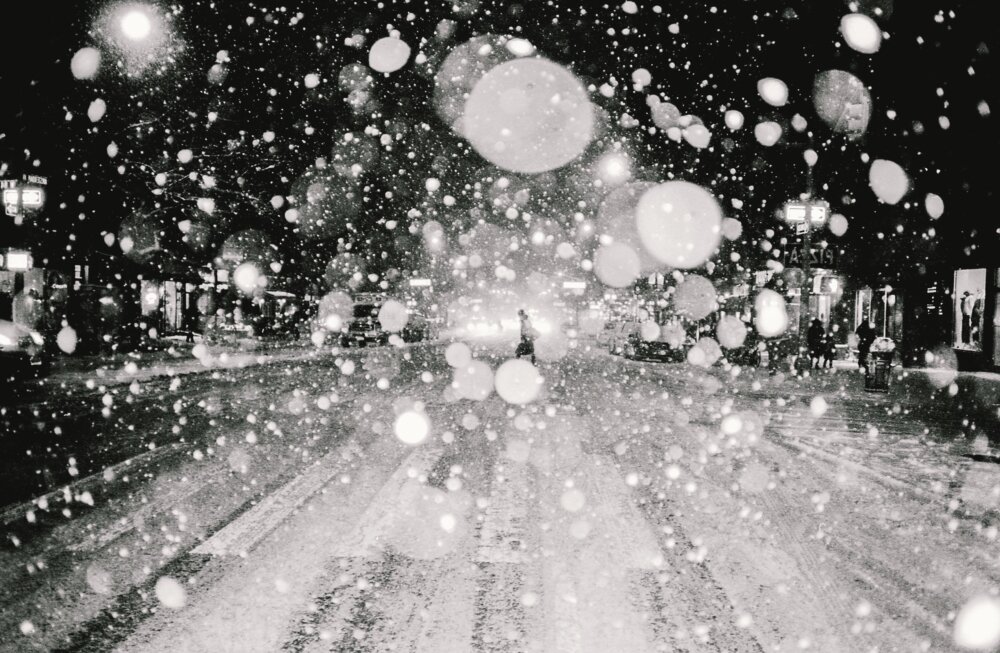Why These Professional Photographers Still Print Their Photos
All images used with permission. Lead image by Victoria YoreFor some photographers, printing is the ultimate way of displaying their photos. It brings the image to life, manifest, makes it tangible and ends up just making the photo a thing that you can cherish for forever. It isn’t lost amongst a giant number of other images in a gallery on your phone, but instead it’s just there. It’s a much different experience that commands someone to sit there and look at the photo. That image is the one that stands out amongst the rest.
So with that said, we talked to a number of professional photographers about why they print.
First, while I am always grateful that the world of social media provides one a chance to share images with many, many people, the photos one shares are frequently left hovering in the ones and zeroes of the cyber-ether— until, by chance, the images are seen by a person who scrolls by with an often-distracted engagement. Second, most photographers who seriously dabble in black and white photography expend a lot of effort to find the best possible tones and contrasts for their images, and those nuances are often lost in the sharpening that most social media site uploaders force on the uploaded image. Third, there are so many monitors, so many settings for those monitors, that an image will often look very different from what the creator intended. The print allows one the opportunity to control all those variables (especially if the photographer prints his or her own work), and, for me, the print represents the final stage in a photographer’s process of bringing to light whatever he or she wishes to express. A print is tangible, a memento, an artifact, a something. Of course, the print then might never find a viewer either … and, I would imagine that most photographers share my desire to have the work seen by others…
–
Why do I print?
I like to be able to touch my images, move them around, hang them on my walls. It helps when I edit projects to be able to look at forty or fifty prints on the floor and move them around, change the edit, look at things in a different way. It’s something that’s nearly impossible to do on a computer screen.
–
‘Printing images brings them to life in a way seeing them on a digital screen simply cannot. When printed and hung on a wall, an image leaps off the page and grabs an onlookers attention with ease. Unlike a computer screen, onlookers cannot easily scroll past or flip to another page. They are confronted head on with a story and it is up to them to figure out how to interpret it upon first sight. Instead of a flick of a finger to scroll on, they must make the conscious decision to view a printed image or walk away. If the art is speaks loud enough, the print will captivate an onlooker in ways a screen never could.’
– : One Half of
“I print for nuance, detail and impact. My images really sing when they are printed large so that they are experienced, not just viewed passively. Prints give you the ability to see deeper into the details, shadows and tonalities, really giving you the ability to really explore the frame.”
–
A print is something that can be held, cherished, given and received. A digital file can’t be shared in the same way. With a print I can control the final result completely, color, brightness, contrast it is all what I make it. A digital file may look perfect on my color calibrated system, but can be off a little or a lot on someone else’s screen.
–
I print my work mostly for the same reasons I sometimes “go analog” and shoot film: it forces my often-distracted mind to pause and reflect on the image, and because it’s an intimate celebration of photography with which the digital experience can’t yet compete.
–





